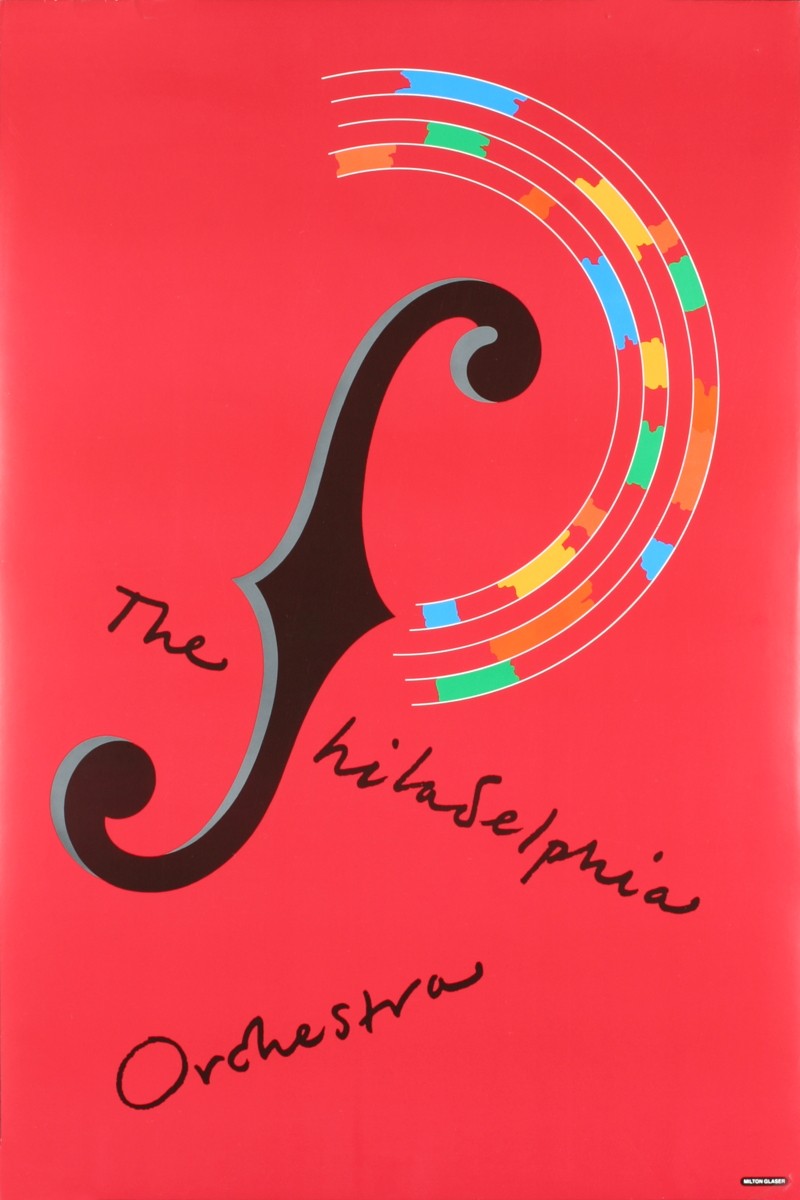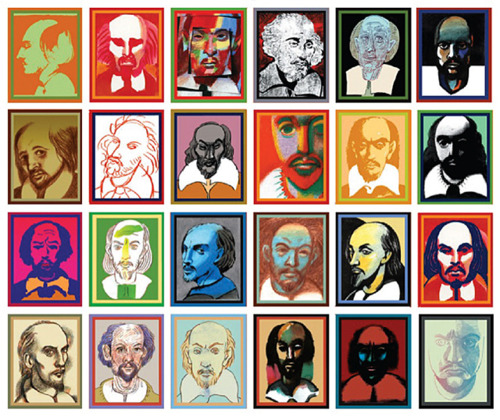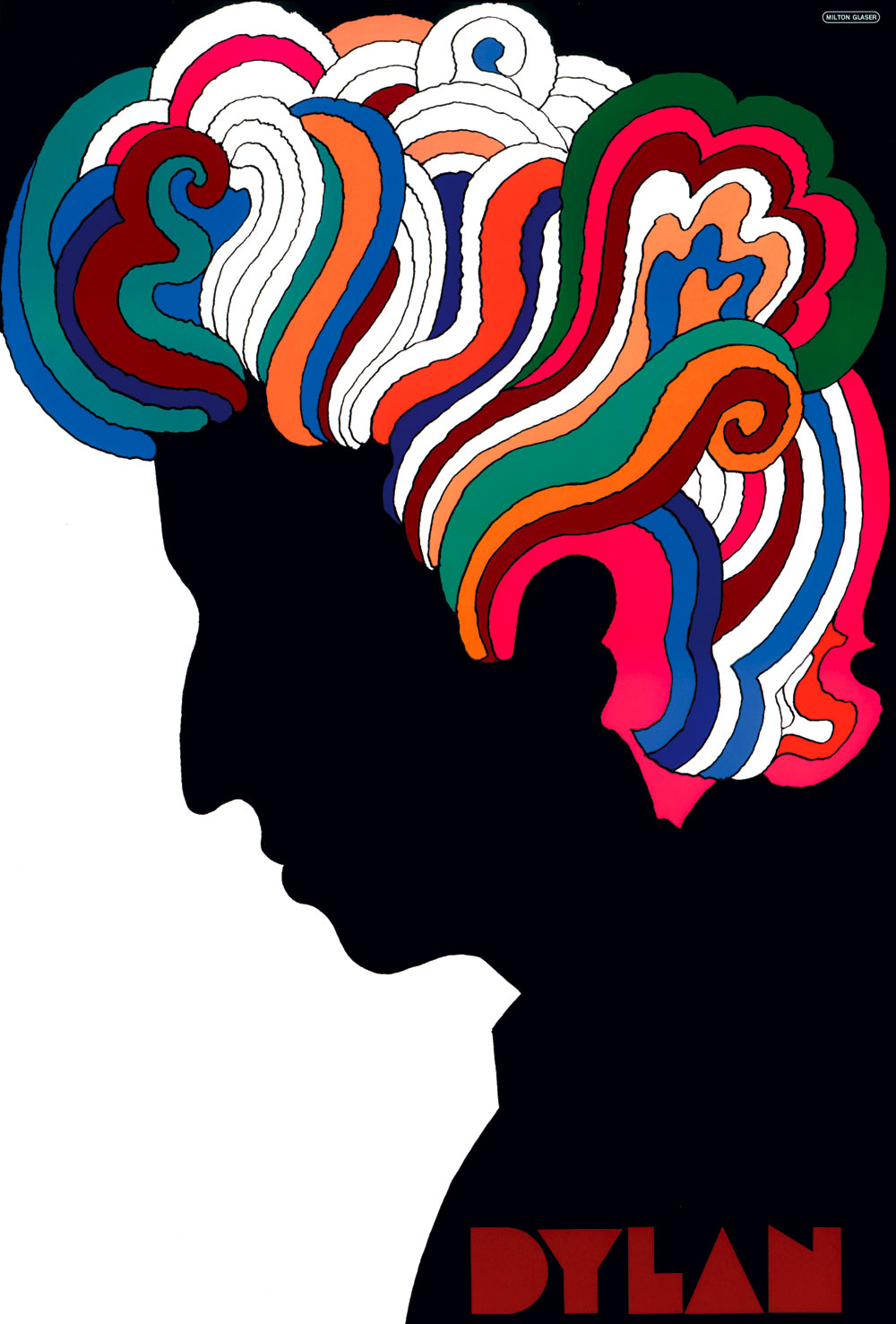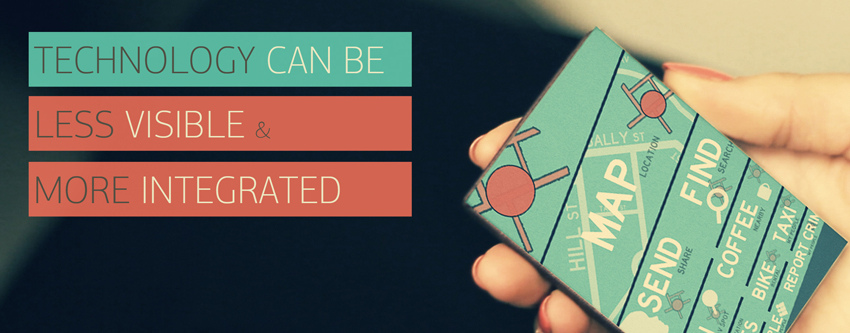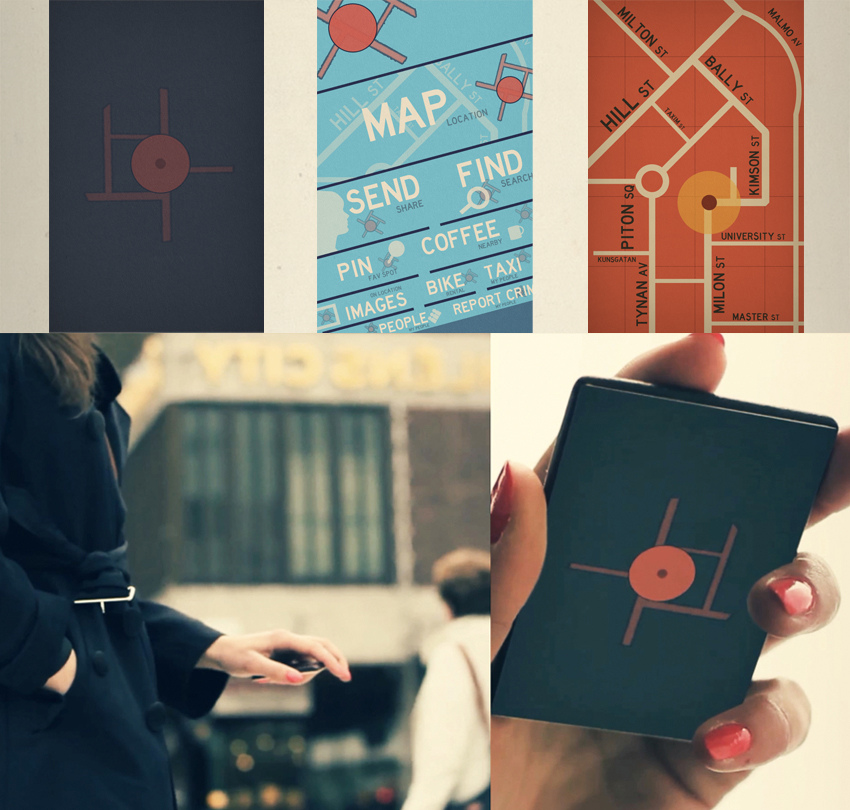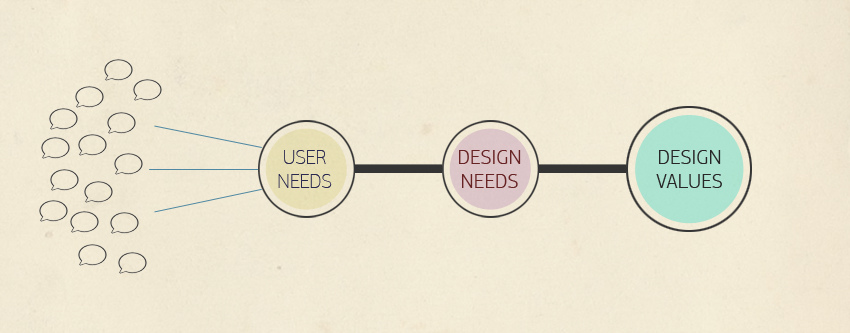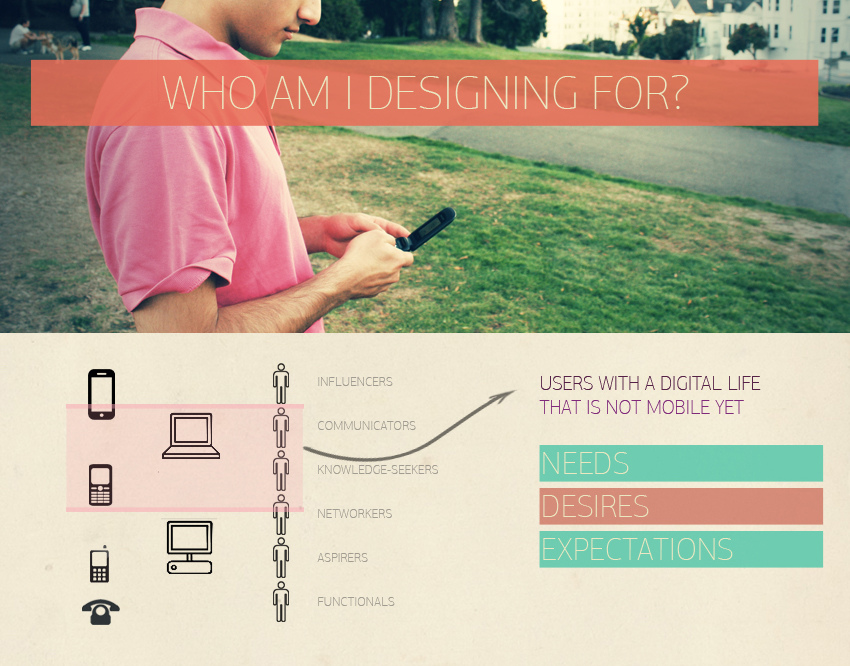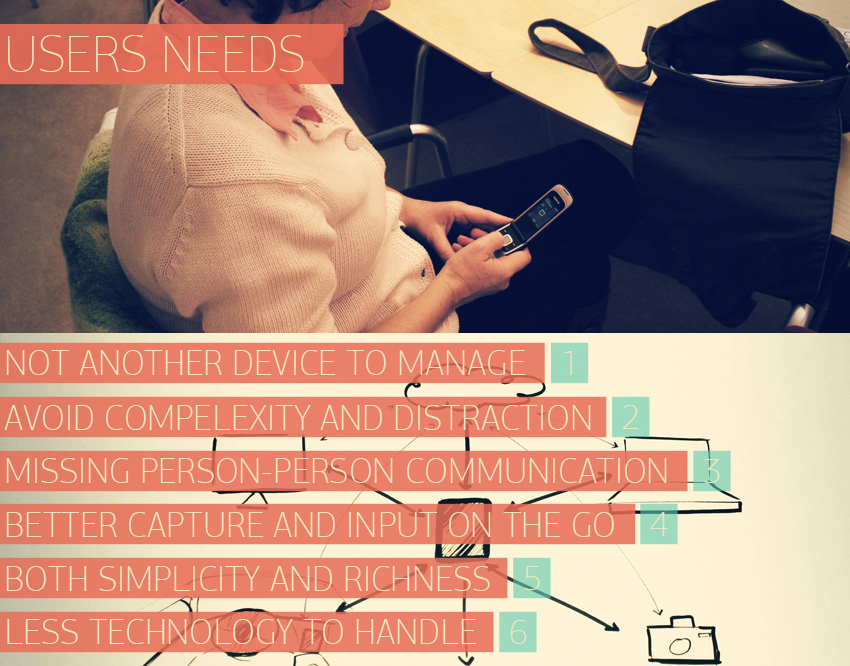Today’s most beloved technology products and services balance design and engineering in a way that perfectly blends form and function. Businesses started by designers have created billions of dollars of value, are raising billions in capital, and VC firms increasingly see the importance of design. The third annual Design in Tech Report examines how design trends are revolutionizing the entrepreneurial and corporate ecosystems in tech. This report covers related M&A activity, new patterns in creativity × business, and the rise of computational design.
– John Maeda
Tag: technology
Joe Gebbia: How Airbnb designs for trust
Joe Gebbia, the co-founder of Airbnb, bet his whole company on the belief that people can trust each other enough to stay in one another’s homes.
Imagining the Physical Web
“Some people say the web is dying, but I believe it’s just getting started. And what will kick it into overdrive is the Physical Web: the ability to discover, engage, and interact with smart devices (or that “dumb†tree over there) using nothing more than a browser.” – Stephanie Rieger
The Drone Aviary
The Drone Aviary reveals fleeting glimpses of the city from the perspective of drones.
It explores a world where the ‘network’ begins to gain physical autonomy. Drones become protagonists, moving through the city, making decisions about the world and influencing our lives in often opaque yet profound ways.
– by Superflux lab
Milton Glaser on Art, Technology and the Secret of Life
Moments Around You Using Project Glass
At many times technology that helps you to explore and share your world around you, putting you back in the moment.
It’s a old video from Project Glass but i still love the interaction it’s intuitively designed.
The future of customer experience
“A young woman uses mobile technology to identify, search and buy an outfit for a wedding and to interact with retailers in the online and physical worlds.” This video is all about engaging customers in retail world.
Rimino – A Human Touch on Mobile Experience
The Rimino concept is an E-paper mobile device with a user interface inspired by print posters. Historically, as technology has progressed, devices have become more conspicuous. Rimino challenges this trend and presents the alternative: technology that is more integrated and more sensitive to the human experience.
Rimino concept video represents a future that is envisioned to be more aligned with what we need and want as people instead of our needs and wants being dictated by technology.
Awesome work with great details.
Infographic: DIgital Life today and tomorrow
Watch this awesome infographic video, “Digital Life: Today and Tomorrow,” created by NeoLabels. If you like to know how the rise of mobile computing, the proliferation of social networking, and the cloudification and appification of our entire technological lives are effecting our day to day life.
Future of Screen Technology – Experience video
An “experience video”, that shows how a normal day would be in a couple of years when technologies are affordable enough to be used everywhere. This video is the result of the experiment with Tat open innovation.
You can read more about this experiment here.
I like this, it’s Interesting UI, looks simple & clean.
vivek
New features in Adobe Flash Professional CS5
1.Code Snippets panel

Reduce the ActionScript 3.0 learning curve and enable greater creativity by injecting prebuilt code into projects.
2.Creative Suite integration

Enhance productivity when using Adobe Creative Suite components such as Adobe Photoshop, Illustrator, InDesign, and Flash Builder
3.XML-based FLA source files

Manage and modify projects using source control systems and collaborate on files more easily.
4.Wide content distribution

Publish content virtually anywhere, using Adobe AIR for desktop applications and mobile platforms including the iPhone, or Adobe Flash Player for browser-based experiences.
5.Flash Builder integration

Use Flash Builder as your primary ActionScript editor for Flash Professional projects.
6.Video improvements

Streamline video processes with on-stage video scrubbing and a new cue points property inspector.
7.Spring for Bones
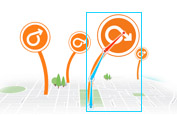
Create more realistic inverse kinematic effects with new motion attributes added to the Bones tool.
8.Deco drawing tools
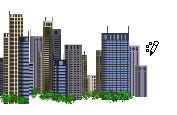
Add advanced animation effects with a new comprehensive set of brushes for the Deco tool.
if you like to know more details about it, read here. http://www.adobe.com/products/flash/whatsnew/
vivek
HTC’s user-centric approach to the HD2’S AD campaign
I am impressed with the way they’ve approached this ad. Well i feel it does an excellent job supporting the gestalt of their You campaign. Showing the phone’s view of you is a really simple way of showing how a mobile device fits intimately into all the different aspects of your life.
“A mobile is a very personal object. You keep close to you at all times — whether in your bag or tucked into your pocket.†“It is more than just a piece of technology.â€
vivek
Adobe Max 09 Video: Seo Secrets, Technology, And Magic Behind Flash
Join Adobe SEO Evangelist Duane Nickull and Flex/Flash Programming Guru Rich Tretola as they demonstrate some of the fundamentals of how search engines build indexes and results, and delve into top techniques you can use to increase your search ranking.
vivek
Jan Chipchase presentation on: “Pattern Recognitionâ€
I found this Interesting presentation by Jan Chipchase on “Pattern Recognitionâ€.
“On the challenges of exploring patterns in human behaviour, culture and technology, and the art of finding opportunities where they collide.”
vivek
Designing Mobile Technology for Emerging Markets “rural India”

Recently Adaptive put up a micro reports on understanding of how rural people in India uses mobile technologies. “Mobile Literacy” is a design and research project to understand how mobile technology can work more effectively in emerging markets. Adaptive Path went to rural India to investigate the impact of mobile technology and developed concepts for new mobile devices for this market.
MobilGlyph: Making Data Tangible from Adaptive Path on Vimeo.
They also shared their comprehensive framing of design principles for such a target audience, one that takes their contextual knowledge of communication technology, consumer electronics and literacy into account.
Few snippet:
- Design for Cultural Relevance
Support existing needs, values, networks and experiences. - Cultivate Accurate Mental Models
Design interactions that do not rely on western conventions and metaphors. The system should rely on organization principles, communication methods and iconic representations that are relevant to local experience. Recognize the cultural norms of verbal communication and spatial memory. - Evolve a Known Technological Experience
Create a solution which builds on experience with culturally familiar objects: cars, radios, calculators, televisions and bicycles instead of computers, websites and video games. Explore direct feedback, single-button functions and mechanical clarity. - Emphasize Local Adoption Styles
Create technology and interfaces that can match how people live; India is not discreet or quiet so a solution should be vibrant and expressive of Indian society, culture, religion and way of life. It should also assume the mobile devices are shared and that conversations may involve many people speaking to many, rather than one to one conversations on a personal device.
Six primary design principles they came up with:
- Honor the Culture of Relationships: Understand how people in the market are going to use the device or service to communicate or get information, by seeing what they do now.
- Design for Cultural Relevance. Support existing needs, values, networks and experiences.
- Design for Today’s World. Resources in rural India are scarce, and people manage them carefully. Systems and services familiar to western cultures simply don’t exist. Designing a solution to fit existing infrastructure and cultural experience is essential to its success.
- Design Legos, Not Model Car Kits. Giving people a flexible toolkit of parts rather than a prescribed solution to a one problem opens up opportunities for cross-cultural iteration.
- Leapfrog the PC. More than a phone, mobile devices present the opportunity to invent new ways for people to access and interact with information.
- Generate Awareness & Adoption. Creating mechanisms for facilitating awareness and adoption helps to ensure that all who can benefit from a device or service are aware of and able to use it.
Designing a mobile for rural Market is my dream task and i am much passionate to do that, Understanding user motivations, their experiences, what they are looking for and how they use it and how? is important for designing good experiences.
vivek

